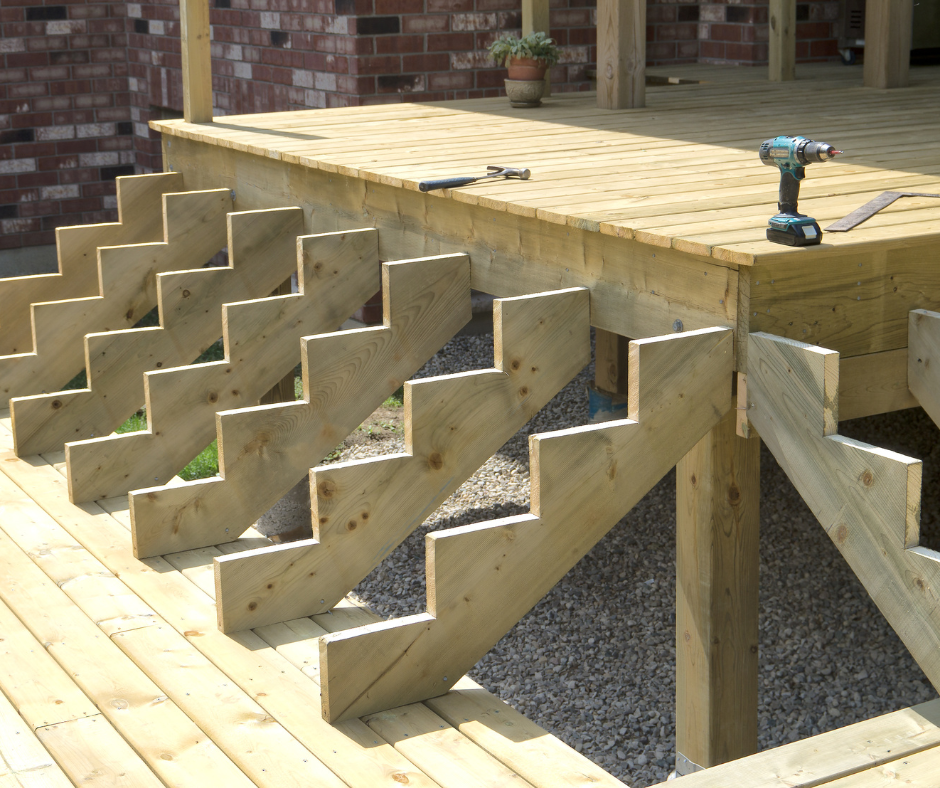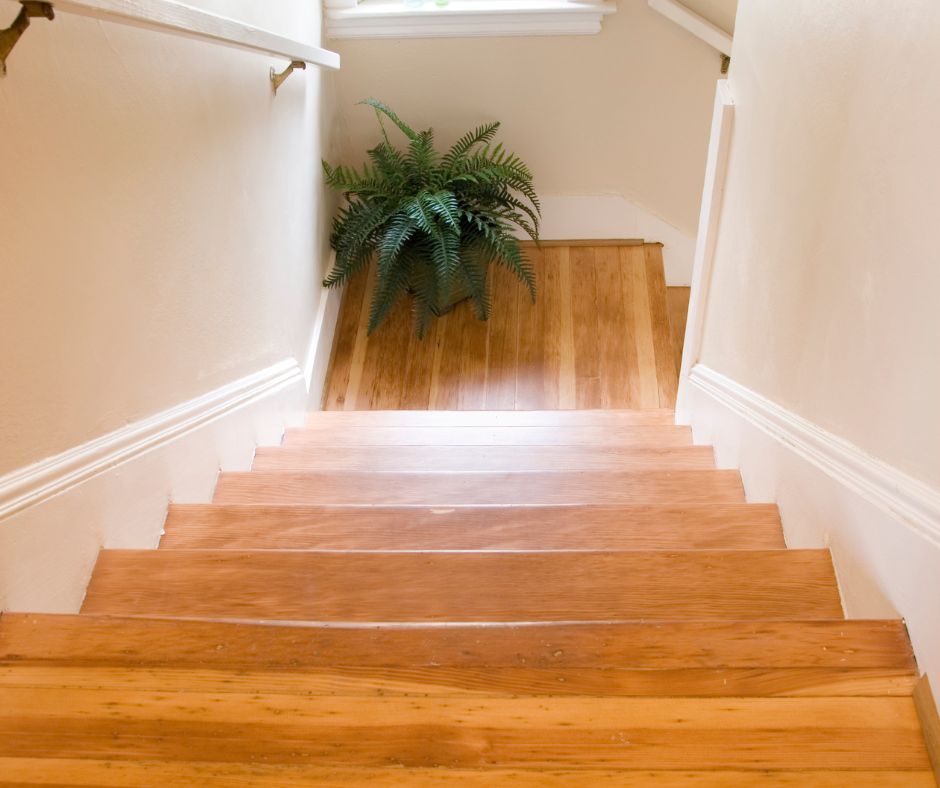Imagine stepping onto a staircase that feels both safe and stylish with each step. Knowing the right stair nosing dimensions is key to making that happen. The standard size of stair nosing usually ranges from 0.75 to 1.25 inches, giving your foot extra space and helping to prevent slips. Adding carpet stair treads can make stairs even safer by providing a non-slip surface and adding a cozy touch.
What Is the Standard Size of Stair Nosing?
Stair nosing typically falls between 0.75 and 1.25 inches. This measurement shows how far the nosing sticks out beyond the tread. Getting this size right makes the stairs safer and meets building codes.
How Far Should Stair Nosing Stick Out?
Stair nosing should stick out between 0.75 and 1.25 inches from the edge of the tread. This overhang gives more room for your feet and helps prevent slipping, making the stairs more comfortable and safe.
What Is Bullnose Depth?
Bullnose depth is the rounded edge of the stair nosing. This round part is included in the total depth of the nosing. Bullnose nosing is designed to give a smoother and nicer look to each step. The depth of bullnose typically is the same size as standard nosing.
What Is the Length of a Nosing?
The length of a nosing matches the width of the stair tread. For home stairs, this is usually between 36 and 42 inches. For commercial stairs, it can be between 44 and 60 inches wide. The nosing runs the full width of each tread to give consistent support and safety.
What Is the Minimum Overhang for a Nosing?
The minimum overhang for a nosing is usually 0.75 inches. This gives enough space for your foot to catch on the step and helps prevent slips. However, it shouldn't be more than 1.25 inches, as too much overhang can be a tripping hazard.
Why Nosing Dimensions Matter
Getting the right stair nosing dimensions is important for several reasons. They provide safe footing, reduce the risk of falls, and make sure the stairs meet building codes. Proper nosing also makes the staircase look finished and professional.
Stair Handrail Dimensions
Handrails are another must-have safety feature on stairs. The standard height for stair handrail dimensions is between 34 and 38 inches above the stair tread. The diameter of the handrail should be between 1.25 and 2 inches for a comfortable grip. Handrails should run continuously along the staircase without breaks to give support along the entire length.
Deck Stair Stringer Dimensions
Deck stair stringers support the sides of the stairs, holding the treads and risers in place. Standard deck stair stringer dimensions typically include a rise (vertical height) of 7.5 inches and a run (horizontal depth) of 10 inches for each step. These measurements help create a stable and safe set of stairs for outdoor use.
How to Measure and Install Stair Nosing
-
Measure the Tread Depth: Measure the depth of the tread, including any overhang. Make sure the total depth is between 0.75 and 1.25 inches.
-
Cut the Nosing: Cut the nosing material to fit the width of the tread. Make sure the length matches the width of the stair tread for a seamless look.
-
Attach the Nosing: Secure the nosing to the tread using screws or adhesive, ensuring it is flush with the edge. Make sure the nosing extends evenly along the edge.
-
Check for Safety: Ensure the nosing is securely attached and that there are no sharp edges or uneven spots that could cause trips or falls.
Final Thoughts
Getting the stair nosing dimensions right is key to making safe and comfortable stairs. From the standard size and overhang to the bullnose depth and length, each dimension is crucial for the stairs' safety and functionality. By following these guidelines, you can make sure your stairs are both practical and up to code, providing a secure environment.




